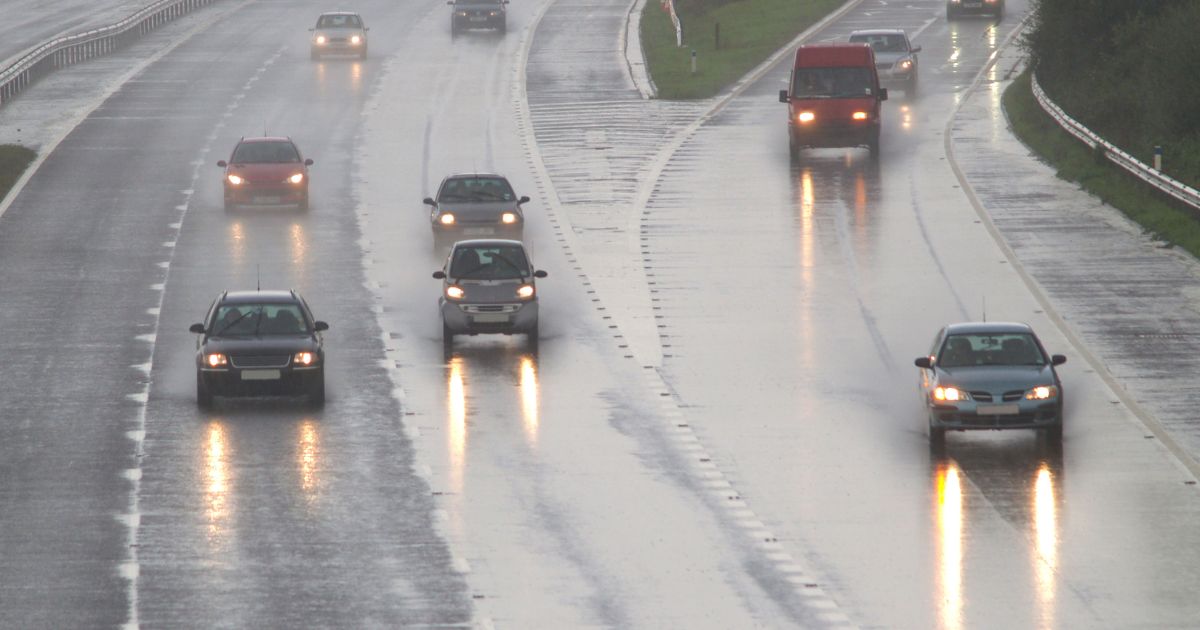Tips for Driving Safely in the Rain

For several reasons, inclement weather conditions can increase the risk of a severe car accident. Depending on the type of inclement weather, roads can become slippery, there may be visibility issues, and other motorists do not always use extra caution when driving. While heavy rain can cause hazardous driving conditions, particularly at night when visibility is more of an issue, even light rain can cause vehicles to start hydroplaning.
If possible, you should stay off the roads any time the weather conditions cause roadways to be potentially hazardous. However, if avoiding driving is not a realistic option, it is highly recommended that you make safety a top priority and keep the following tips in mind:
- Reduce your speed. When the rainwater mixes with the grease and oil from cars and trucks, it produces a film on the roads, causing slippery conditions. If you are driving too fast for the weather conditions, you may be unable to stop or slow down in time to avoid hitting another vehicle nearby.
- Keep your headlights on. This will ensure that other motorists can see you and that your taillights are activated. However, avoid using your high beams when it is raining. The bright lights will reflect off wet surfaces, causing the light to bounce back into your eyes. This can also make it difficult for oncoming motorists to see.
- Leave additional following space. When driving during rainy conditions, make sure that you leave at least five seconds of distance between you and the vehicle you are following.
- Avoid using cruise control. Using this feature may cause you to drive faster than you should during inclement weather, particularly when there is an increased risk of hydroplaning.
- Drive in the tracks of the vehicle ahead of you. This can help you avoid hydroplaning or slamming on the brakes, which can cause you to lose control of your vehicle.
- Keep your attention focused on the road. Do not talk on the phone, read or send a text message, or engage in other distracting behavior that will take your attention off the road for even a few seconds.
What Are the Hazards of Driving in the Rain?
People often associate hazardous driving conditions with snow, ice, and sleet. While these cause roadways to become unsafe, rain can be just as dangerous, mainly if motorists do not take the necessary safety precautions. The following are examples of why motorists should use extra caution when driving in a heavy downpour or light rain:
- Increased risk of skidding or hydroplaning due to poor tire traction.
- Decreased visibility from oncoming vehicles due to heavy rain, fog, and headlight glare.
- Reduced ability to stop or make sudden turns.
- Increases risk of vehicle malfunctions and maintenance issues.
What Should I Do if I am Injured in a Car Accident During Inclement Weather?
No one can control the weather, but all motorists are expected to follow the road rules and take the necessary safety precautions if rain causes roadways to become hazardous. You may be entitled to compensation if you are injured in a car accident and the other motorist was at fault.
Savannah Car Accident Lawyers at Kicklighter Law Represent Victims of Weather-Related Car Accidents
If you were injured in a car accident during rainy weather, contact our Savannah car accident lawyers at Kicklighter Law. To schedule a consultation, call us today at 912-754-6003 or contact us online. Located in Springfield, Georgia, we serve clients in Effingham County, Savannah, and the surrounding areas.
